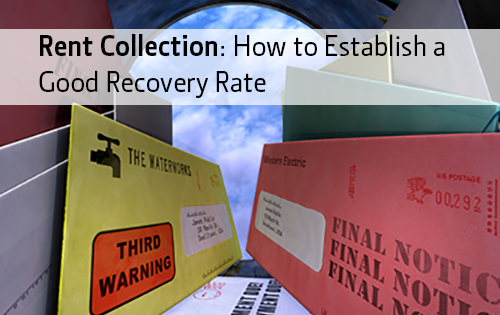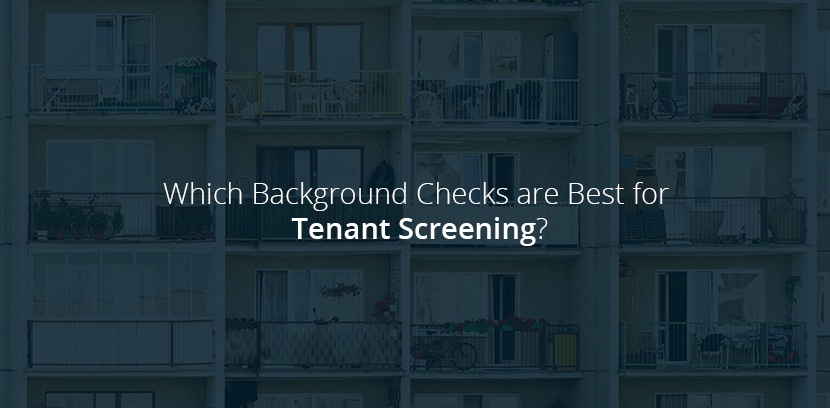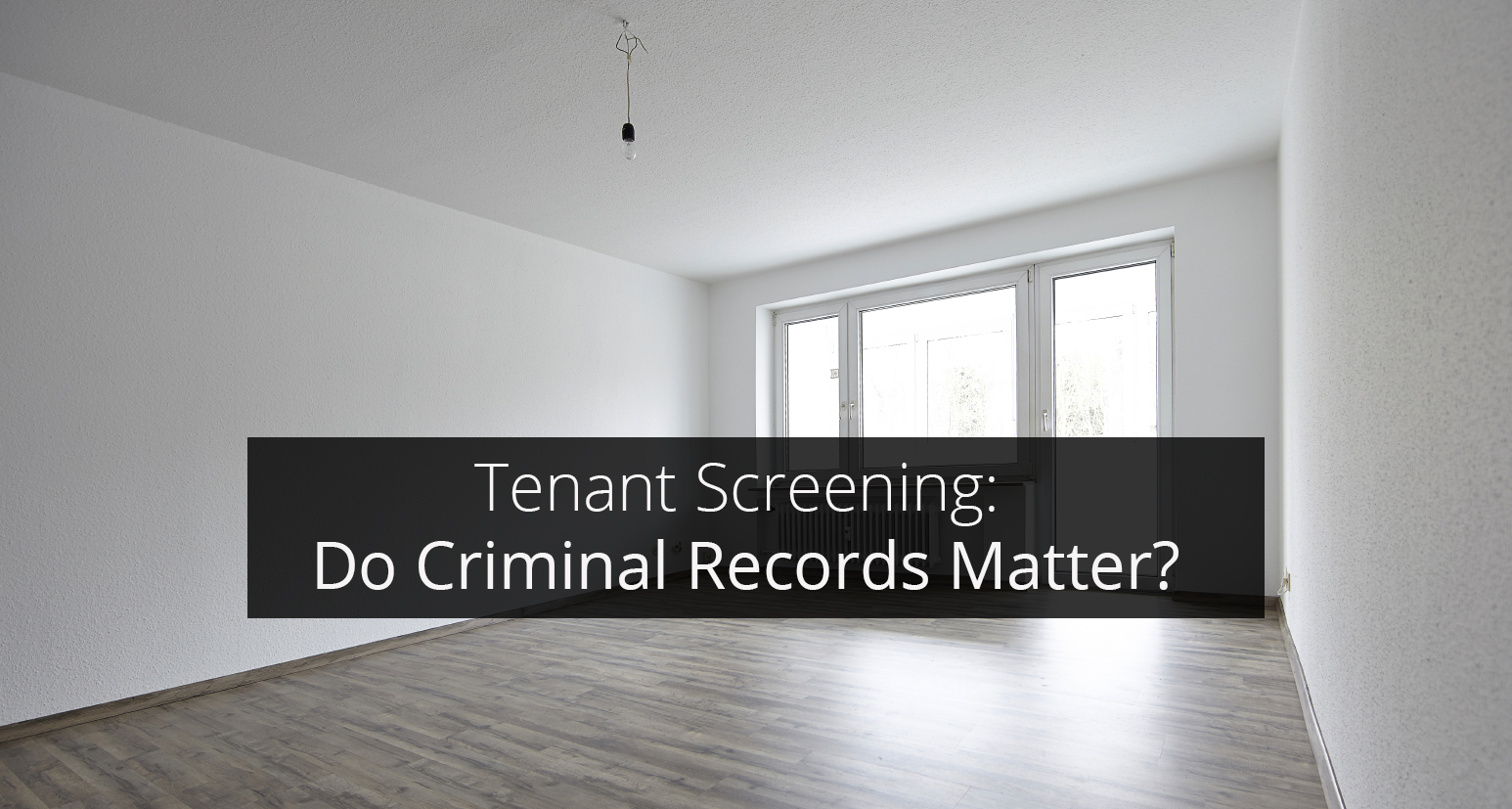Rent Collection | How to Establish a Good Recovery Rate

Renting to the wrong tenant may lead to property damage, court costs, lost rent, and defamation of your reputation. There are precautionary measures you can take to protect your asset, but inevitably over time you’ll encounter a skip, eviction or otherwise unpaid tenant balance.
So what should you expect to collect?
Whether you have an internal AR team that handles post-move out balances, or you charge the accounts off to a collection agency, there are a few things you should consider when setting a performance benchmark.So what’s a good recovery number?The [real] answer: it depends. Knowing what number represents a good recovery rate is important for any business forced to tackle the problem of managing bad debt. To understand dependencies that drive a recovery number, let’s look at some account level attributes that might influence or skew bad debt recovery rates:
- Underwriting: who you lend or lease to will certainly influence [higher/lower] delinquency rates, bad debt rates, and recovery rates. Individuals with lagging attributes like weak credit scores and/or unsubstantiated job records will be more apt to cross over into bad debt and be less likely to pay. Conversely, individuals with strong credit scores and strong employment records who cross over into bad debt will have a higher propensity to pay.
- Origination: different underwriting standards may cause acquired portfolios to produce results that differ from results generated through standard homegrown accounts – this is especially challenging when acquired accounts get embedded into standard homegrown accounts.
- Account types and/or geography: accounts stemming from different sources may produce different recovery results. In the world of Property Management, consider how bad debt stemming from normal damages will typically perform differently than accounts stemming from accelerated rent charges. You might also note different recovery rates in one state vs. another.
- Account balance/Average balance: small balance recovery rates will typically look different than large balance recovery rates. Additionally, an account balance that doesn’t fit the norm can skew numbers (like a single large balance account embedded inside a batch of small balance accounts).
- Volume of accounts and flow: A batch of 5 bad debt accounts will act and perform differently than a batch of 1,000 bad debt accounts – small batches typically produce hit or miss results with exaggerated highs and lows.
To develop a method for defining your recovery number (with dependencies baked in), consider the following strategies:
- Stratify your business: find logical breaks in your business and develop methods for tagging and tracking accounts with different class distinctions (‘A’ properties vs. ‘C’ properties, acquired portfolios vs. legacy portfolios, and so forth). The name of the game is to develop apples to apples comparisons.
- Track your results over time: a simple method to track bad debt recovery rates is to break your bad debt population down into measurable batches within class (monthly write-offs by property as an example) and track monthly rates of return (dollars collected divided by batch, tracked month by month).
- Benchmark results: taking an average of like/tracked results at marked periods is a simple way to establish return rates (the number). As an example, taking the last 12 cumulative returns for batches matured 12 months is a great way to establish your 12 months recovery rate. You can also use the benchmark to test current results against prior returns (lagging/meeting/exceeding).
Make sure that when you compare your numbers to those of your industry peers you consider any and all dependencies (compare apples to apples).
Here are a few tips on how to prevent a tenant from going to collections.
Due Diligence: It probably goes without saying, but make sure your leasing staff follows every step in your rental application and leasing process. Completed applications will be the source of locating the resident in the event of a future default or skip. Be sure to capture mobile phone numbers, employer phone numbers and emergency contact information. After obtaining written permission, verify the applicant’s information through a tenant screening / resident screening company. This can include rental payment histories (like RentForecast™), landlord credit checks, criminal backgrounds, and income verification. If there will be more than one adult on the premises, you may want to consider a background check on all parties in the unit.
The Lease: If you work for a property management company, most likely you have a process in place that systemically ensures a fully executed lease for every tenant. Retaining this document for the event of default is paramount. The lease should include the due date for rent collections, late fees, trash disposal, yard maintenance, traffic guidelines(people coming in and out of property), occupants, notification of guests and visitors for long periods of time, garage, repairs, etc.
The Rent: To help with resident satisfaction, convenience, and proper bookkeeping, offer electronic methods for rent collections. Direct deposit and online payments are the simplest ways to guarantee no mix ups on the day, time, or amount of rent that was paid. If your tenant is not computer savvy, offer the option of payment through money orders, or pre-filled bank slips.
Follow-Up: Communicate with your tenants. E-mail, call, and send letters to demonstrate consistency, build a rapport and capture their most current contact information.
If you would like additional information on VeriFirst's tenant screening services, or our sister company BYL Collection Services, Contact Us or click below:
Share this
You May Also Like
These Related Stories

The Value of Rental Payment History in Tenant Screening

Which Background Checks are Best for Tenant Screening?


